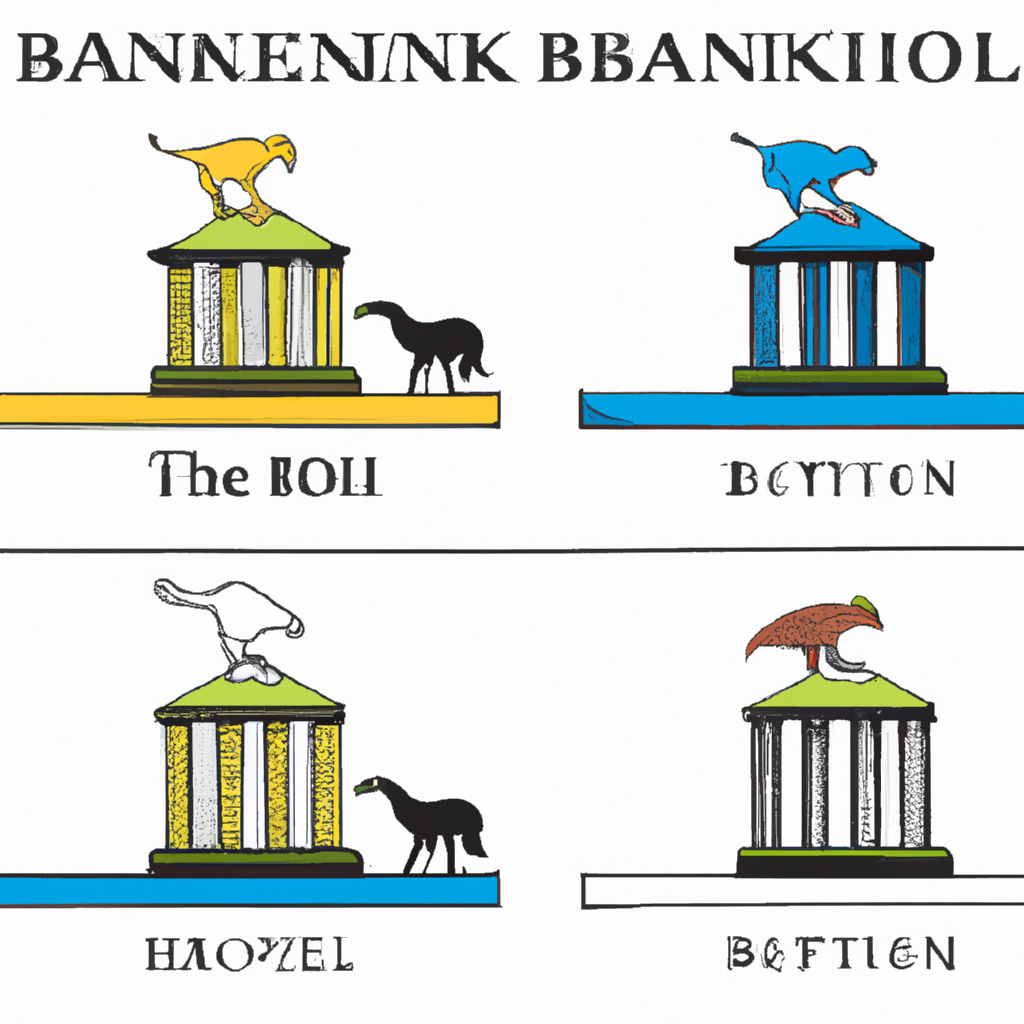This blog post delves into the transformative journey of financial institutions in the United States, tracing their genesis from simple origins to the complex entities we interact with today. We’ll explore the pivotal moments and innovations that have redefined the sector and look toward the future of the American financial landscape.
The Dawn of American Financial Institutions
The story of banking in the United States begins in the late 18th century, with the founding of the Bank of North America in 1781. Chartered by the Continental Congress, this institution was instrumental in stabilizing the fragile American economy post-independence. It was quickly followed by the establishment of the First Bank of the United States in 1791, which aimed to improve federal government finances and manage debt.
Despite the success of these early institutions, the banking landscape in the young nation was far from stable. Throughout the 19th century, America’s financial system was characterized by a lack of centralization, resulting in a proliferation of state-chartered banks and wildcat banking.
These state-chartered banks issued their currencies, which led to variability in value and increased financial risk. An often overlooked but significant marker in banking evolution was the creation of the National Banking System in 1863, which introduced a uniform national currency and federal oversight.
Regulation and the Federal Reserve System
The early 20th century saw banks grappling with oversight and stability issues. The consequential establishment of the Federal Reserve System in 1913 provided a centralized bank structure, aimed at mitigating financial crises and ensuring monetary stability.
The following decades witnessed numerous upheavals, including the Great Depression, which led to the introduction of the Glass-Steagall Act of 1933. This piece of legislation imposed banking reforms, notably separating commercial and investment banking activities to reduce risks associated with speculative trading.
In response to evolving financial needs, amendments such as the Federal Deposit Insurance Corporation (FDIC) were established, providing deposit insurance to guarantee bank customers’ deposits, instilling trust, and promoting savings.
Innovation and Technology in Banking
The advent of technology revolutionized banking in radical ways. Automated Teller Machines (ATMs), introduced in the 1960s, offered customers access to their accounts outside of traditional banking hours.
The development of computer and telecommunications technology in the 1970s and 1980s paved the way for online and mobile banking, an integral part of today’s financial ecosystem. These advancements provided unparalleled convenience for bank customers and gave rise to digital payment systems that challenge traditional banking models.
Furthermore, financial technology firms (fintech) emerged, leveraging technology to provide innovative financial services, pressuring traditional banks to adapt and innovate to maintain market relevance.
Deregulation and the Global Financial Crisis
The late 20th century saw a push for deregulation, culminating in the repeal of parts of the Glass-Steagall Act through the Gramm-Leach-Bliley Act of 1999. This allowed commercial banks, securities companies, and insurers to consolidate, leading to the creation of financial “supermarkets” that offered a range of services.
However, the lack of regulation and oversight in certain areas of the financial system, particularly regarding subprime mortgages and derivatives, was a significant factor in the 2008 global financial crisis. The crisis led to widespread calls for increased financial regulation, resulting in reforms such as the Dodd-Frank Wall Street Reform and Consumer Protection Act, designed to decrease risks in the U.S. financial system.
The impact of the crisis had a profound effect on the industry, prompting financial institutions to reassess risk management and regulatory compliance. It also resulted in a heightened sense of consumer awareness and skepticism toward banking operations.
The Future of Banking
Looking to the future, the American banking industry is poised for further evolution. With increasing digital demand, artificial intelligence, blockchain, and cryptocurrency are anticipated to be at the forefront of the next wave of financial innovation.
Banks are increasingly partnering with technology companies to develop secure, customer-friendly platforms that offer a range of financial services, from payments to investment advice. The industry is also escalating its focus on sustainability and ethical practices, reflecting a shift in societal values and expectations.
Simultaneously, regulators are working to keep pace with these technological advances, aiming to protect consumers and maintain financial stability without stifling innovation. The challenge lies in finding the right balance between regulation, innovation, and consumer protection.
From its early foundation to its modern-day incarnations, the American banking system has undergone a remarkable metamorphosis, propelled by economic challenges, regulatory reforms, and technological breakthroughs. Its continued evolution promises to redefine our relationship with money and shape the economic landscape of the future.

